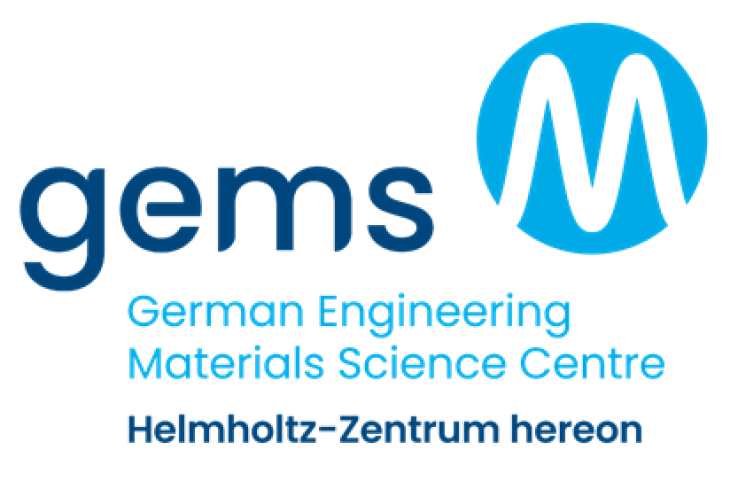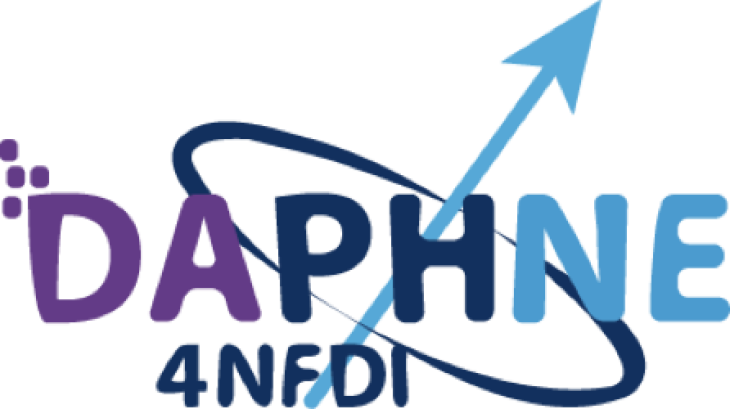The pydidas project

Pydidas is being developed by Hereon's German Engineering Materials Science Center (GEMS) as a service for the users of our diffraction experiments.
The development of pydidas started in 2021 funded through the "I2B-Projekt LADIDA - Automatic analysis of large amounts of diffraction data at PETRA III beamlines" project.

Sine 2024, further development of pydidas is funded through DAPHNE4NFDI in the scope of Task Area 3: Infrastructure for Data and Software Reuse.
Motivation
Using X-ray diffraction is essential for material science applications. The capability to deliver „in-situ“ or „operando“ data is necessary to develop digital models and is a key feature of the experiments which are operated by Hereon at the PETRA III beamlines P03 and P07.
Technological developments allow today's detectors (e.g. Dectris Eiger) to run with data rates which are 100 to 1000-fold higher than those which were feasible a few years ago. Only these high frame rates enable investigating fast processes. However, the huge amount of data makes it difficult for users to perform real-time analysis during the experiment. Therefore, users often only know after their experiments if the acquired data has meaningful information. In addition, the large number of frames requires an automatic analysis which might challenge many user groups. A delayed data analysis also delays the preparation of publications, especially for inexperienced user groups.
[source: LADIDA project proposal].